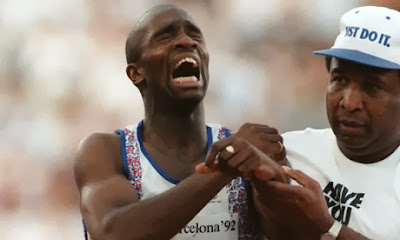Michael Porter is a professor at Harvard Business School who introduced the generic strategic. Michael Porter has argued that a firm's strengths ultimately fall into one of two headings: cost advantage and differentiation.
He suggested by applying these strengths in either a broad or narrow scope, three generic strategies result: cost leadership, differentiation, and focus.
For this entry i choose McDonald's as my subject to relate to generic strategic by Michael Porter (I have no idea when my friend ask me 'Is he had any relation with Harry Porter?')
McDonald's Corporation definitely traced using differentiation strategy. A differentiation strategy calls for development of a product or service that offers unique attributes that are valued by customers. Customers perceive the product to be different and better than that of rivals. The value added by the uniqueness of the product may allow the firm to charge a premium price for it. Differentiation can be based on product image or durability, after-sales, quality, additional features. It requires flair, research capability and strong marketing.
McDonald's
This is the several fact I collect from others sources that make McDonald's align with this strategy.
- McDonald's customer are of all classes, but largely working and middle classes, and people of all ages.
- McDonald's strove to meet a customer wait time at no more than one minute in line and 30 seconds at the counter.
- McDonald's understood that the parent was making the purchasing decision, most likely based solely on price. What McDonald's marketing executives did was ingenious. They put toy in with hamburger, french fries, and coke. Then they gave it a special name, calling it a Happy Meal. Then they marketed it to the kids.
- McDonald's(Malaysia) they had many special menu for each celebration in this country.
- McDonald's knows that some customers go to its stores to take a quick break from their day's activities, then their provide drive thru, McDelivery, McCafe, and other supporter services.
If you wanted to change this country, Lead it.
- Iron Lady



















